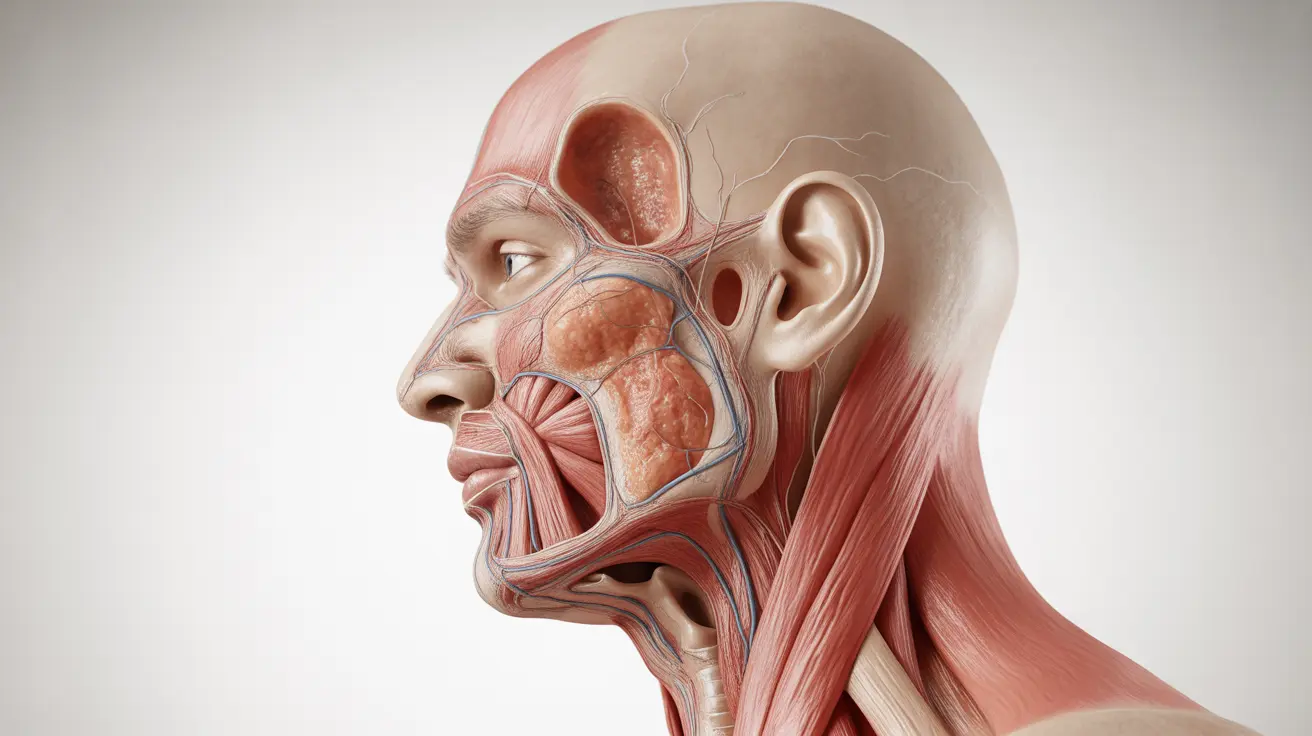Blue light therapy has emerged as a versatile treatment option in modern medicine, offering therapeutic benefits for various skin conditions, mood disorders, and other health concerns. This non-invasive treatment harnesses specific wavelengths of blue light to target different medical conditions, providing patients with an alternative or complementary approach to traditional treatments.
As research continues to validate its effectiveness, blue light therapy has gained recognition among healthcare providers and patients alike. Understanding how this therapy works, its applications, and important safety considerations can help you determine if it might be suitable for your specific health needs.
How Blue Light Therapy Works
Blue light therapy operates by emitting specific wavelengths of light that penetrate the skin at different depths. The wavelength typically used ranges from 405 to 420 nanometers, which has proven particularly effective in treating various conditions. This light interacts with molecules in the skin and body, triggering biological responses that can help heal and regulate various functions.
The therapy works through photodynamic therapy principles, where light energy creates a reaction that can destroy harmful cells while preserving healthy ones. This selective action makes it particularly valuable in treating specific conditions while minimizing damage to surrounding tissue.
Treatment Applications and Benefits
Skin Conditions
One of the most well-documented uses of blue light therapy is in treating skin conditions. The treatment is particularly effective for:
- Acne management
- Psoriasis treatment
- Sun damage repair
- Precancerous skin lesions
- Eczema symptoms
The therapy works by targeting and eliminating acne-causing bacteria while also helping to regulate oil production in the skin. Regular sessions can lead to clearer, healthier-looking skin with minimal side effects.
Mood and Sleep Disorders
Blue light therapy has shown promising results in treating various mood and sleep-related conditions:
- Seasonal Affective Disorder (SAD)
- Depression symptoms
- Circadian rhythm disorders
- Sleep pattern regulation
When used for mood disorders, the therapy helps regulate the body's natural sleep-wake cycle by influencing melatonin production and other biological processes related to mood regulation.
Safety Considerations and Best Practices
While blue light therapy is generally considered safe, proper precautions are essential to ensure optimal results and minimize risks:
- Always wear appropriate eye protection during treatments
- Follow recommended exposure times and frequencies
- Consult with a healthcare provider before starting treatment
- Be aware of potential photosensitivity from medications
- Maintain consistent treatment schedules for best results
Frequently Asked Questions
What conditions can blue light therapy effectively treat, and how does it work?
Blue light therapy effectively treats acne, seasonal affective disorder (SAD), skin conditions like psoriasis, and certain sleep disorders. It works by emitting specific wavelengths of light that trigger biological responses in the body, killing harmful bacteria in skin treatments or helping regulate circadian rhythms for mood disorders.
What are the common side effects and risks associated with blue light therapy?
Common side effects are typically mild and may include temporary redness, dryness, or mild irritation of treated areas. More serious risks are rare but can include eye strain if proper protection isn't used, and some people may experience temporary headaches or nausea during initial treatments.
How is blue light therapy used to treat acne and improve skin texture?
Blue light therapy treats acne by targeting and destroying acne-causing bacteria on the skin's surface. The light penetrates pores and eliminates P. acnes bacteria while also helping to regulate oil production. Regular treatments can lead to clearer skin and improved texture over time.
Can blue light therapy help with mood disorders like seasonal depression?
Yes, blue light therapy has shown significant effectiveness in treating seasonal depression and other mood disorders. The therapy helps regulate the body's circadian rhythm and serotonin levels, particularly beneficial during darker winter months when natural light exposure is limited.
What precautions should I take to protect my eyes during blue light therapy sessions?
Always wear appropriate protective eyewear specifically designed for blue light therapy. Never look directly at the light source, follow your healthcare provider's instructions regarding eye protection, and maintain the recommended distance from the light device during treatments.




